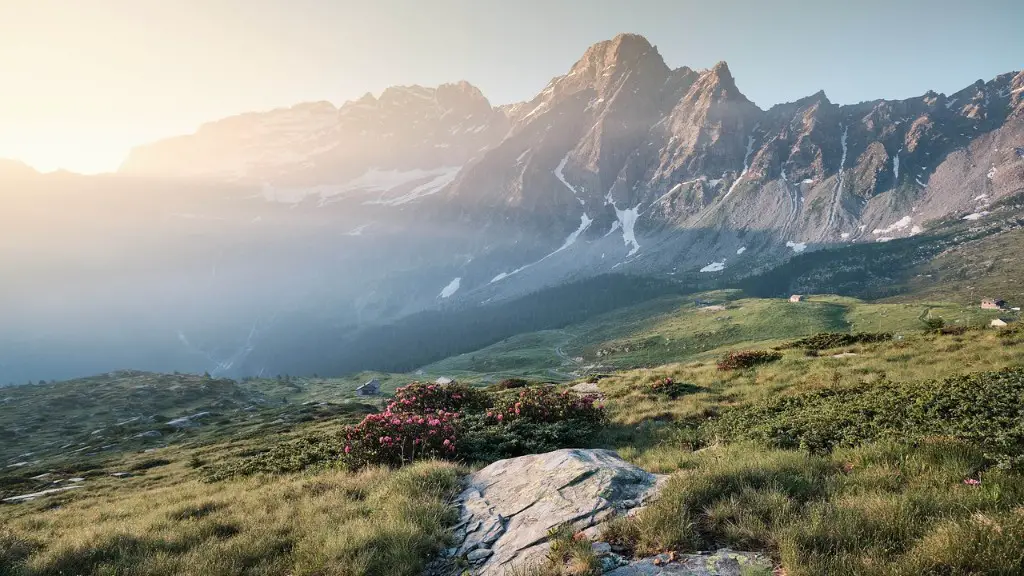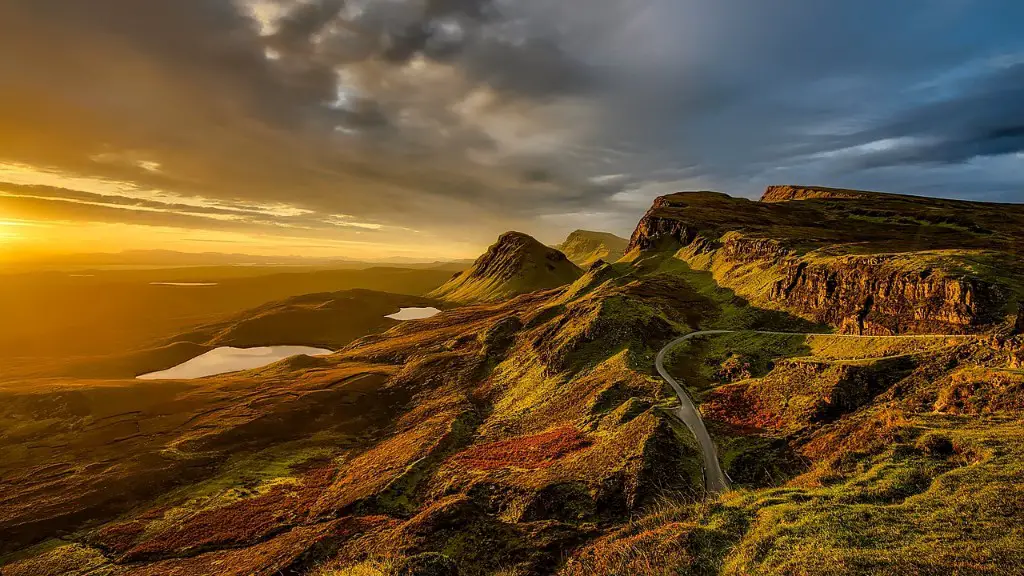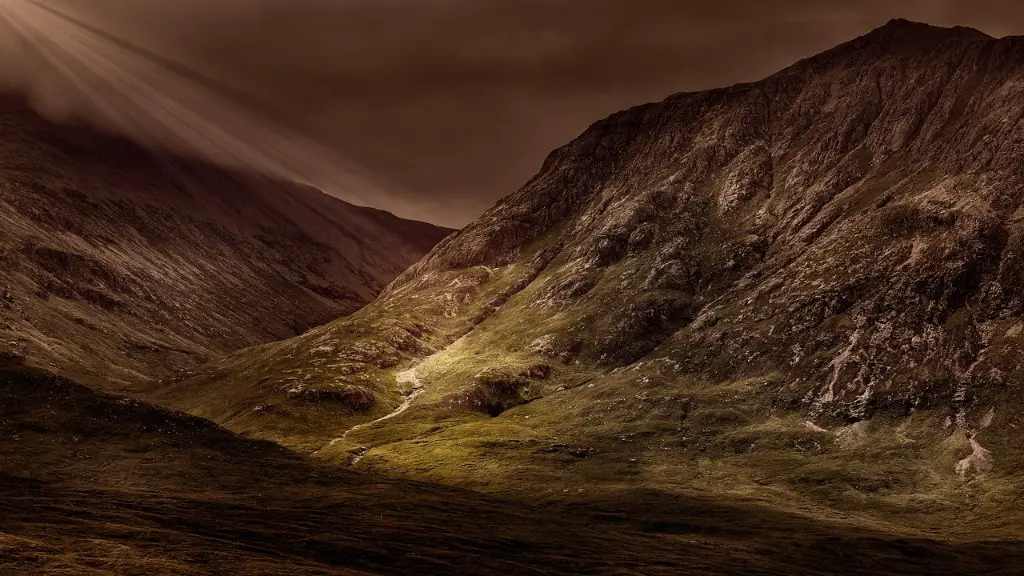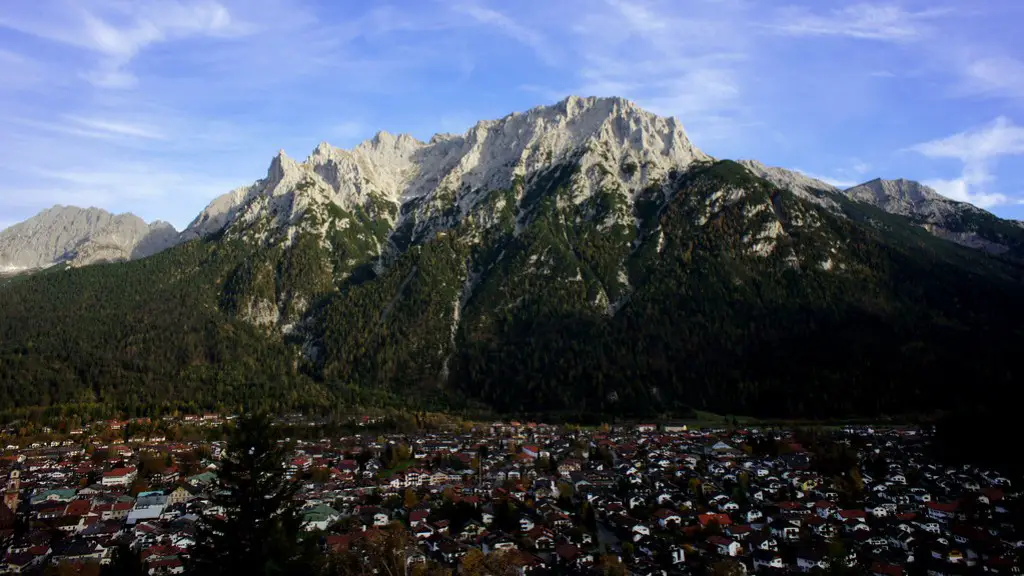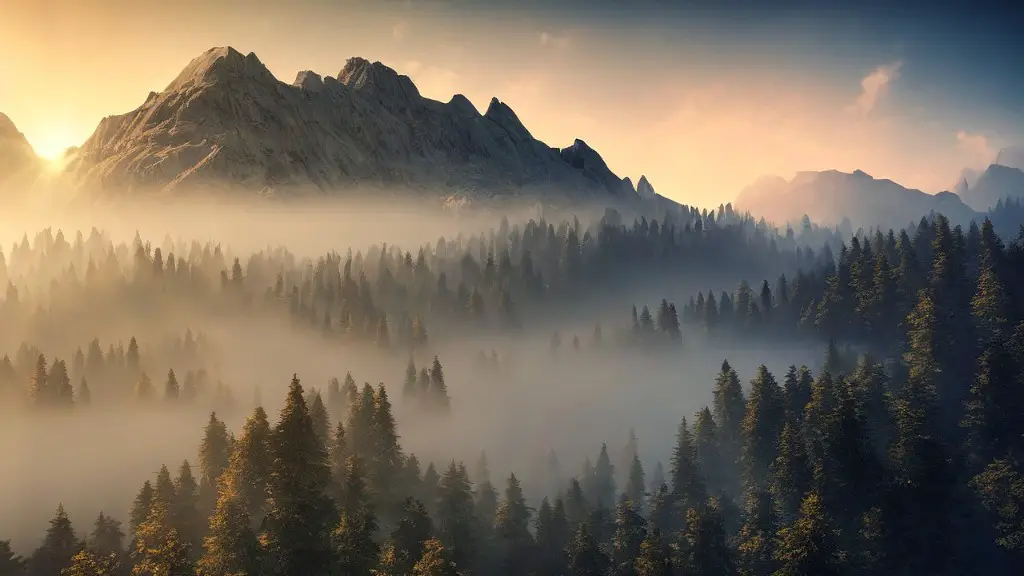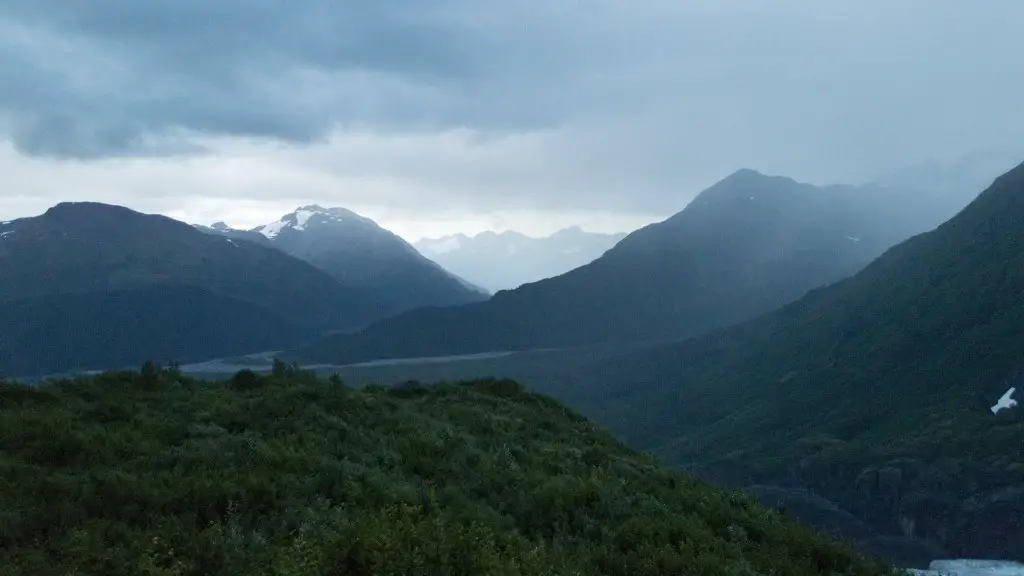If you’re looking to scale Mount Everest, prepare to dish out some serious cash. Costs can range anywhere from $30,000 to $100,000 per person, and that’s not including all the gear and supplies you’ll need for the trip. It’s no wonder that climbing Everest is often reserved for only the most experienced – and well-funded – mountaineers.
The cost of an expedition to Mount Everest can vary greatly depending on a number of factors, such as the route taken, the number of people in the group, the type of equipment used, and the length of the expedition. A typical commercial expedition to Mount Everest costs between $30,000 and $100,000 per person.
How much does Everest expedition cost?
The cost of an expedition to Mount Everest is expected to increase in 2023. The average price for such a trip is estimated to be $58,069, while the median price is $50,000. These prices are based on data from ExpedReview.
If you’re thinking of attempting to climb Mount Everest, you need to have a lot of experience under your belt. Just because you’ve climbed the Seven Summits doesn’t mean you’re automatically qualified—you need to have good footwork and self-management skills, and you need to know when to turn back. Don’t underestimate the challenge of Everest—it’s one of the most difficult mountains in the world.
How much does Mount Everest trekking cost
Everest is the highest mountain in the world, and it is one of the most difficult to climb. It requires special equipment and supplies, which can cost up to $30,000. You need to eat and stay warm, and 97% of all Everest summiteers use supplemental oxygen. You can cook your food, but most people use a cook and helpers, costing $5,000 for base camp and budgeting about $800 per person for food and fuel while climbing Everest over six weeks.
One of the biggest expenses for climbing groups is transportation – getting all the food and equipment up to the mountain. In many cases, a helicopter must be chartered to drop the food and equipment at base camp, which is a hefty expense for the organizer. A good climbing team organizes one climber and one Sherpa guide to reach the top, which can save on costs.
Can you climb Everest for cheap?
The price of a standard supported climb can range from $28,000 to $85,000. This typically includes transportation from Kathmandu or Lhasa, food, base camp tents, Sherpa support, and supplemental oxygen. For a fully custom climb, the price can be over $115,000. For those who are willing to take on more risk, the price can be well under $20,000.
Sherpa is a company that provides transportation and logistics services. They pay their employees an average of $77,410 per year, or $3722 per hour. The lowest earners at Sherpa make $42,000 per year, while the top 10 percent make over $139,000.
Can you climb Everest in a day?
It is very difficult to spend a long time in the death zone, and Lhakpa Sherpa is saying that it is even more difficult to spend an entire day there. It is important to try to make it to the summit and back to Camp Four in one day, in order to minimize the amount of time spent in the death zone.
The human body is not designed to function at such high altitudes, so it’s no wonder that climbers often struggle to catch their breath on the summit of Everest. The oxygen level at the top of the mountain is only about one-third of what it is at sea level, so every breath contains far less oxygen than we’re used to. This can lead to a condition called hypoxia, where the body’s cells are starved of oxygen and start to fail. In extreme cases, it can be fatal.
What is the minimum age to climb Everest
The age limit for climbing Mount Everest from the North side in Tibet is 18-60 years old, while in Nepal, climbers must be a minimum of 16 years old but there is no upper age limit. This is because the Chinese authorities impose an age limit on climbers in Tibet, while in Nepal, there is no such age restriction. As a result, more people are able to attempt to climb Mount Everest from the South side in Nepal.
The new regulation will come into effect from spring this year and will apply to all foreign solo climbers who wish to scale the world’s tallest mountain. Currently, there is no restriction on foreigners climbing the mountain without a guide.
The change in the regulation is in line with the recommendation of a high-level committee formed after the 2014 avalanche that killed 16 Nepali guides. The committee had suggested that the government should make it mandatory for all foreign solo climbers to be accompanied by a Nepali guide.
Who is the youngest person to summit Mt. Everest?
Jordan Romero is an American mountain climber. At 13 years old, he became the youngest person to summit Mount Everest. He was accompanied by his father Paul Ramero, step-mother Karen Lundgren, and three sherpas.
The Mt Everest top sees its coldest temperature from the Mid-December until the Late-January where the average temperature revolves around -37°C(-35°F) Similarly, the average temperature at Everest Base Camp during the winter season is around -17°C(14°F). At this time, the weather conditions are very severe with high winds and heavy snowfall. This is the reason why most mountaineers prefer to attempt the summit in the spring season when the weather is more stable.
What is Everest death zone
Climbing to high altitudes can be extremely dangerous, as the lack of oxygen in the air can cause serious health problems. Climbers who ascend to the “death zone” on Mount Everest (above 26,000 feet) are at risk of altitude sickness, heart attacks, strokes, and other health problems. This is because the body’s cells start to die when they’re deprived of oxygen. Judgement can also become impaired, making it even more difficult to make safe decisions while climbing.
The new measurement of Mount Everest’s height is a significant discovery that will change the way we view the world’s tallest mountain. The new measurement means that Everest is technically a bit higher than we previously thought, and this new information will be used to determine the mountain’s true elevation above sea level. This new measurement stands as a de facto agreement between the two nations as to Everest’s true height, and it is a remarkable accomplishment that will have a lasting impact on the world.
How likely is it to survive Mount Everest?
K2 is a notoriously difficult and dangerous mountain to climb, with a fatality rate of roughly one in five. The Karakoram mountain range, of which K2 is a part, is even more treacherous – there have been 355 successful ascents to the summit of K2, but 82 climbers have died in the attempt.
While reaching the summit of Mount Everest is a serious feat of physical accomplishment, beginners can trek to Everest Base Camp with (relative) ease. Of course, that doesn’t mean it’s an easy trek!
What is the oldest body on Mount Everest
George Mallory’s body was found in 1999, 75 years after his death in 1924. Mallory had disappeared while attempting to be the first person to climb Everest, but it was not known if he had achieved his goal. The discovery of his body was made after an unusually warm spring.
It is said that anyone hoping to climb Everest must have previously climbed a Nepalese peak of at least 6,500 meters (21,325 ft). In addition, climbers must submit a certificate of good health and physical fitness, and be accompanied by a trained Nepalese guide. These requirements are in place in order to help ensure the safety of all who attempt to conquer Everest.
Warp Up
The cost of an expedition to Mount Everest will vary depending on the route, duration, and number of people in the group. Typically, commercial expeditions range from $35,000 to $100,000 per person.
While the cost of an expedition to Mount Everest varies depending on many factors, it typically costs tens of thousands of dollars. For some, the cost is worth it for the once-in-a-lifetime experience. Others may find the cost prohibitive and opt for other adventure vacations. Whatever the decision, an Everest expedition is sure to be an unforgettable experience.
